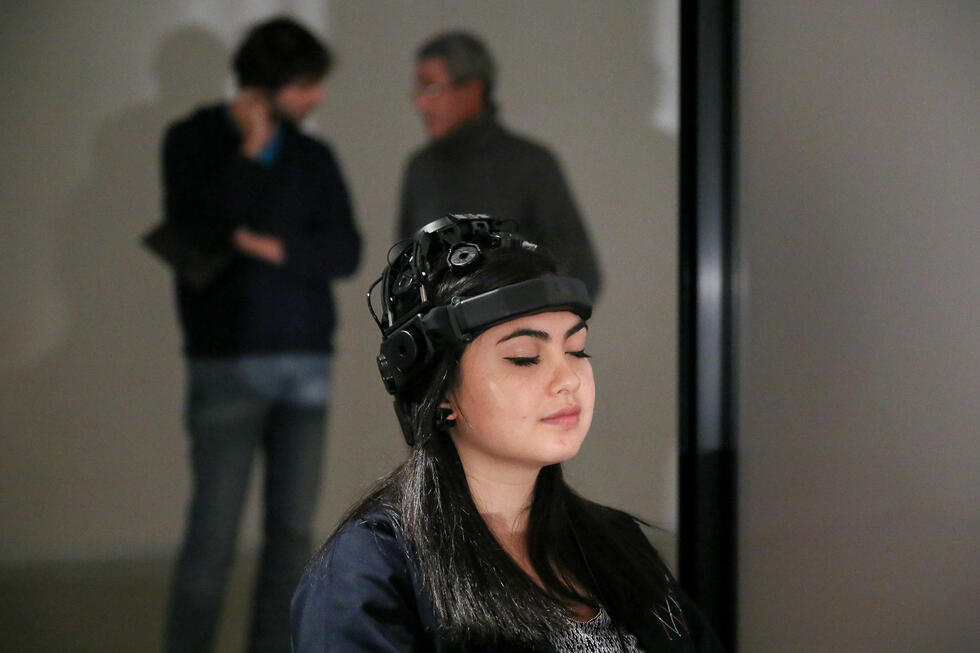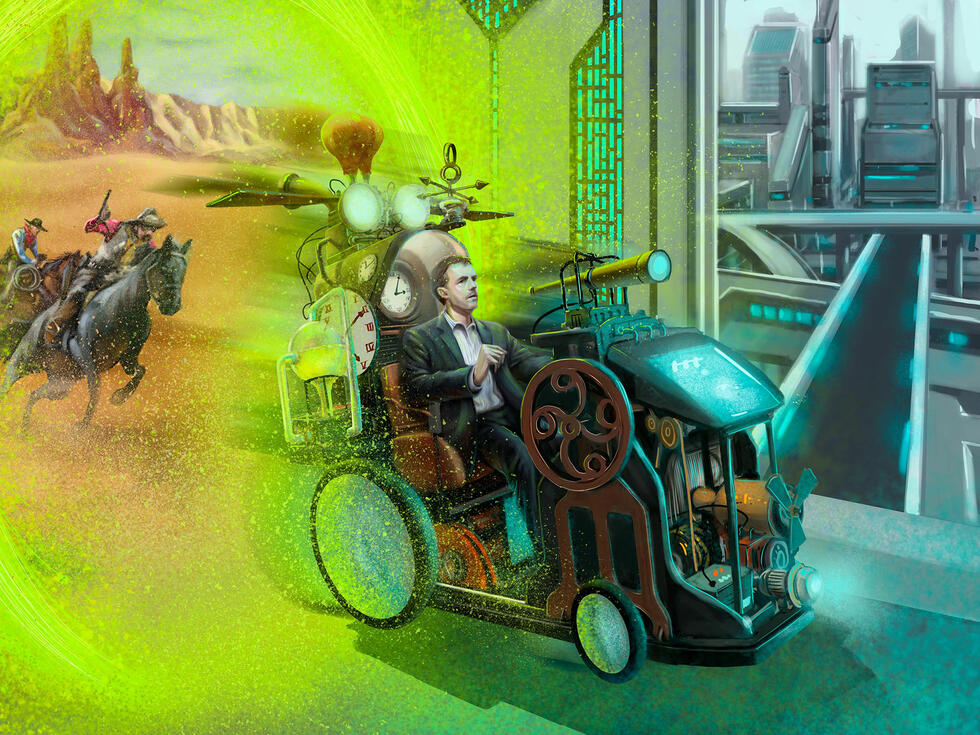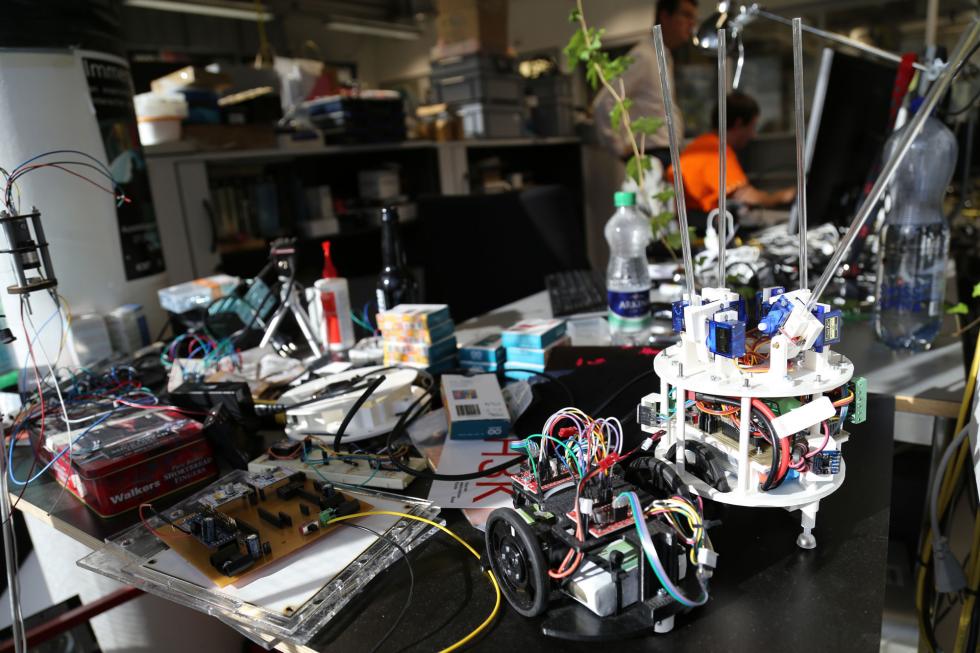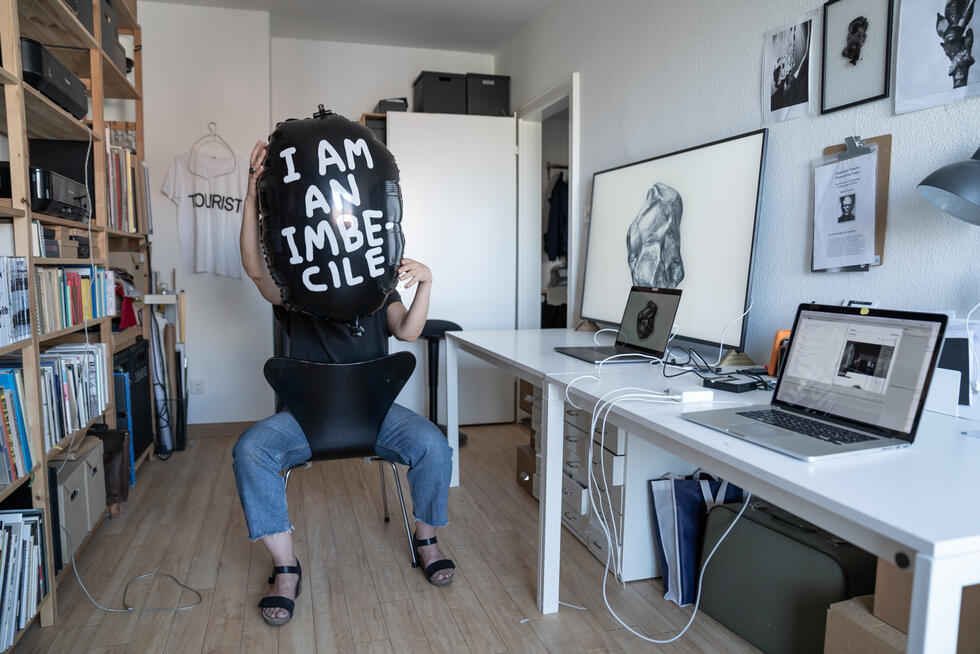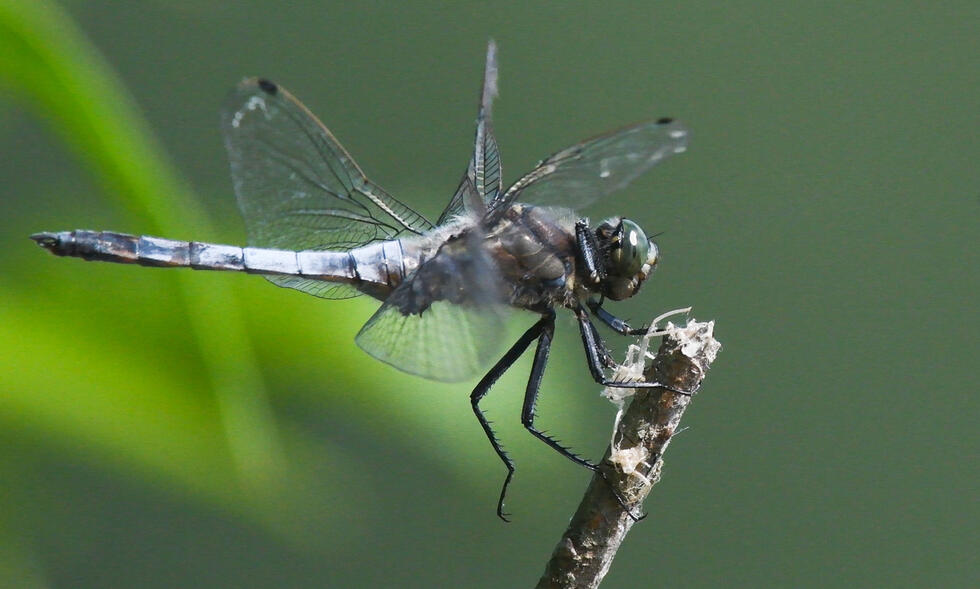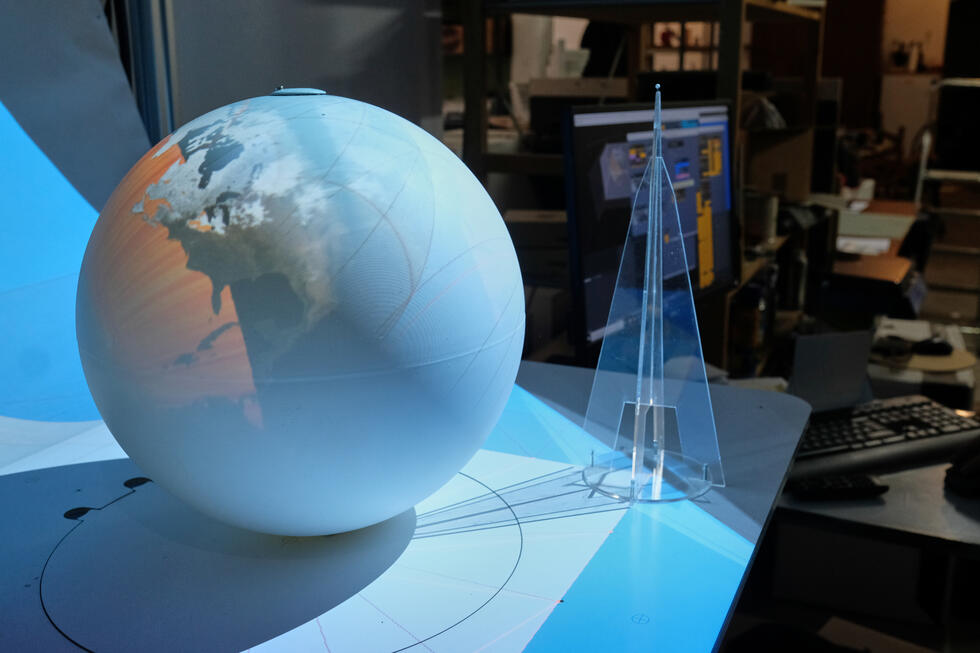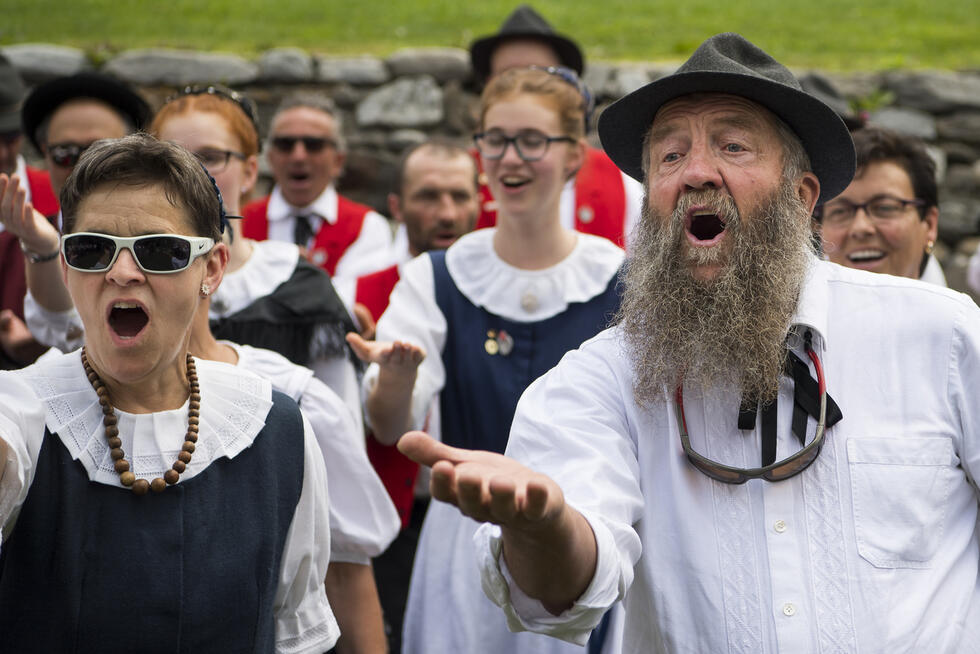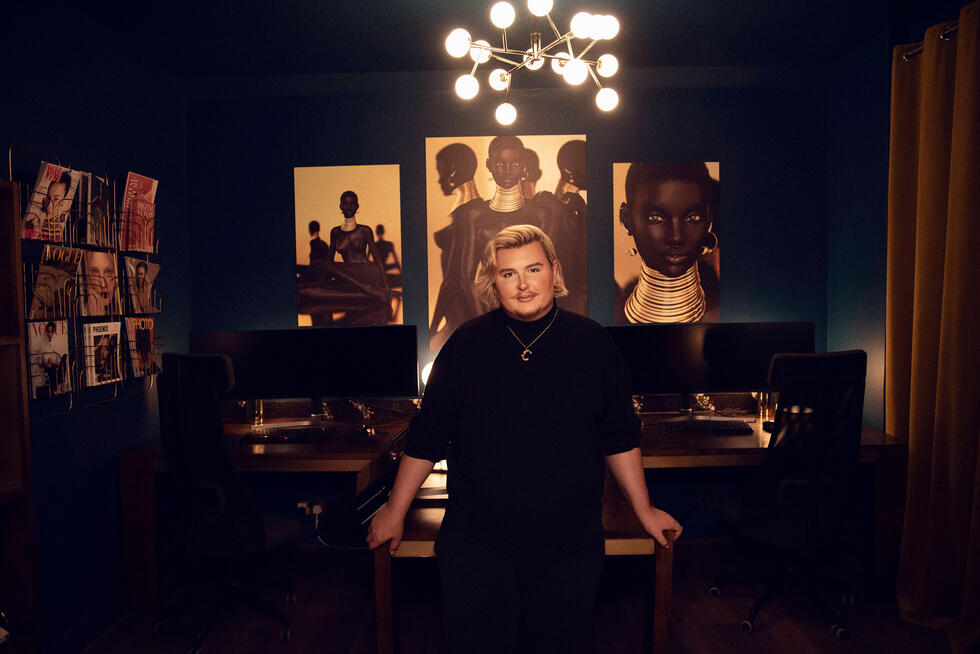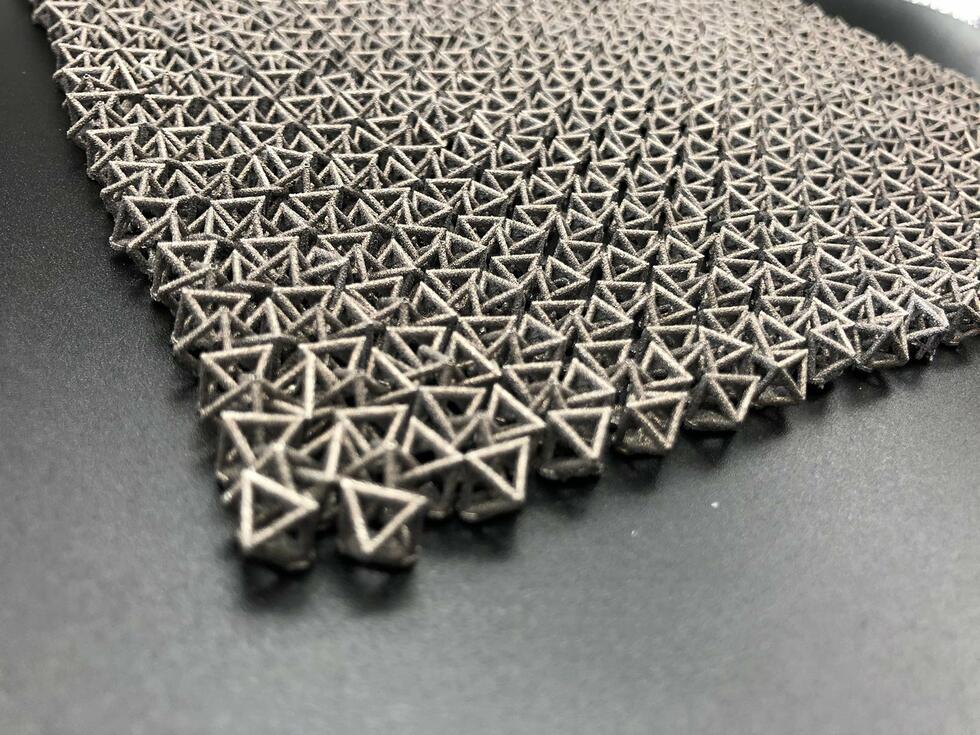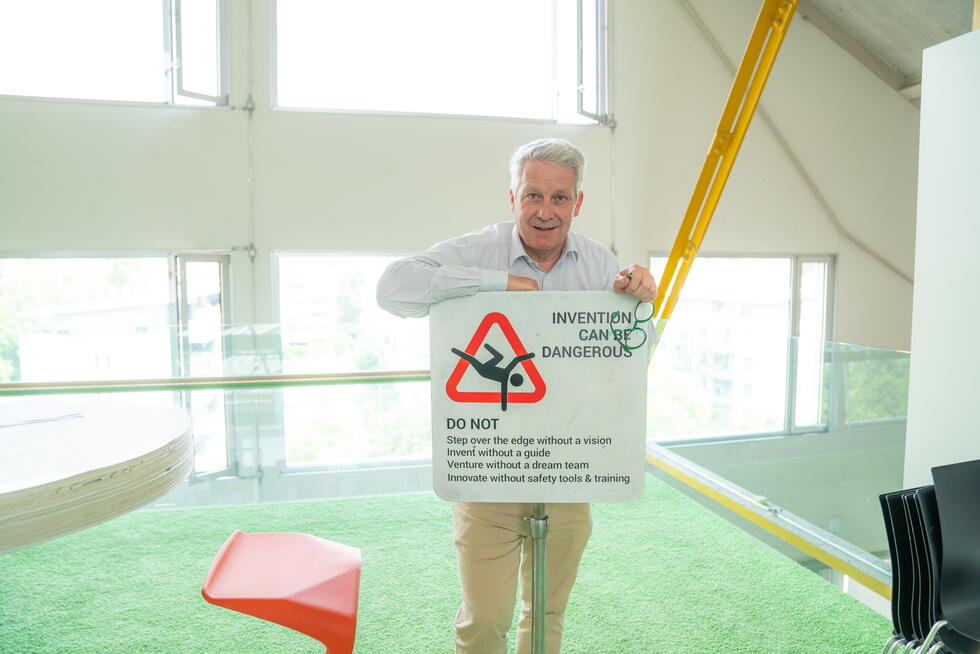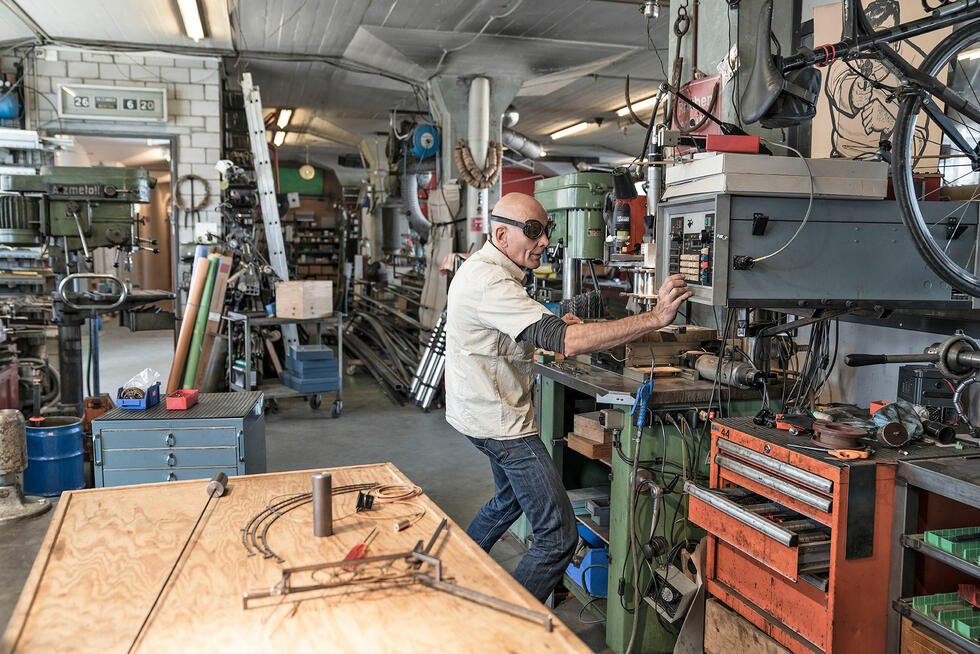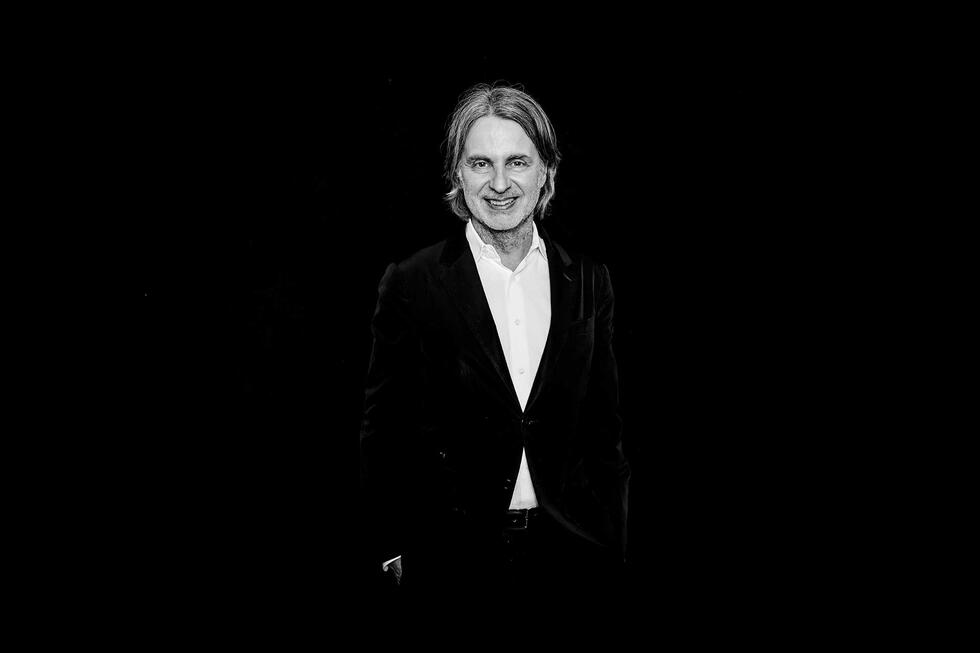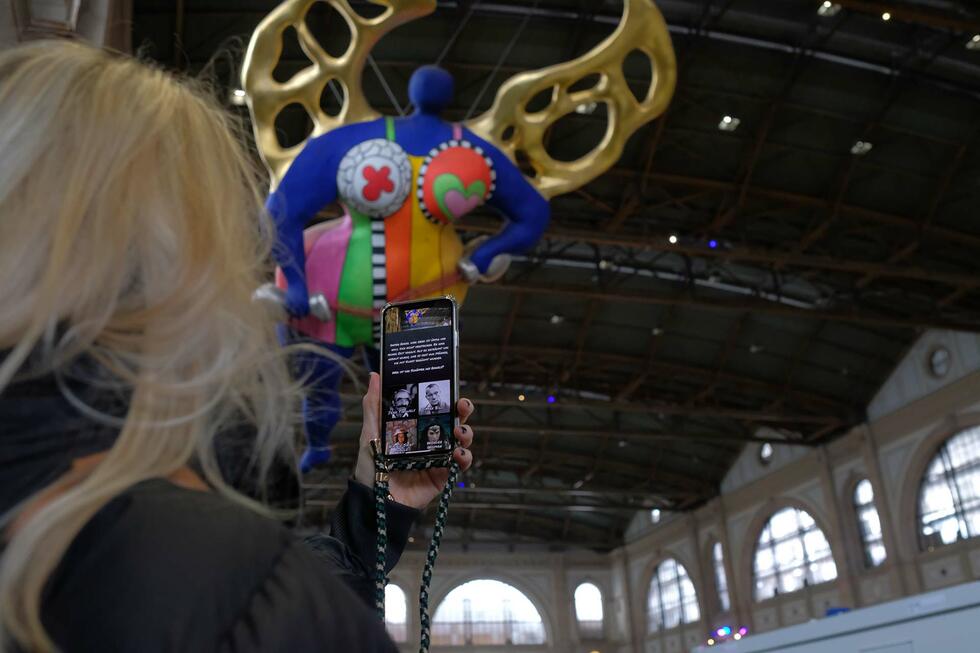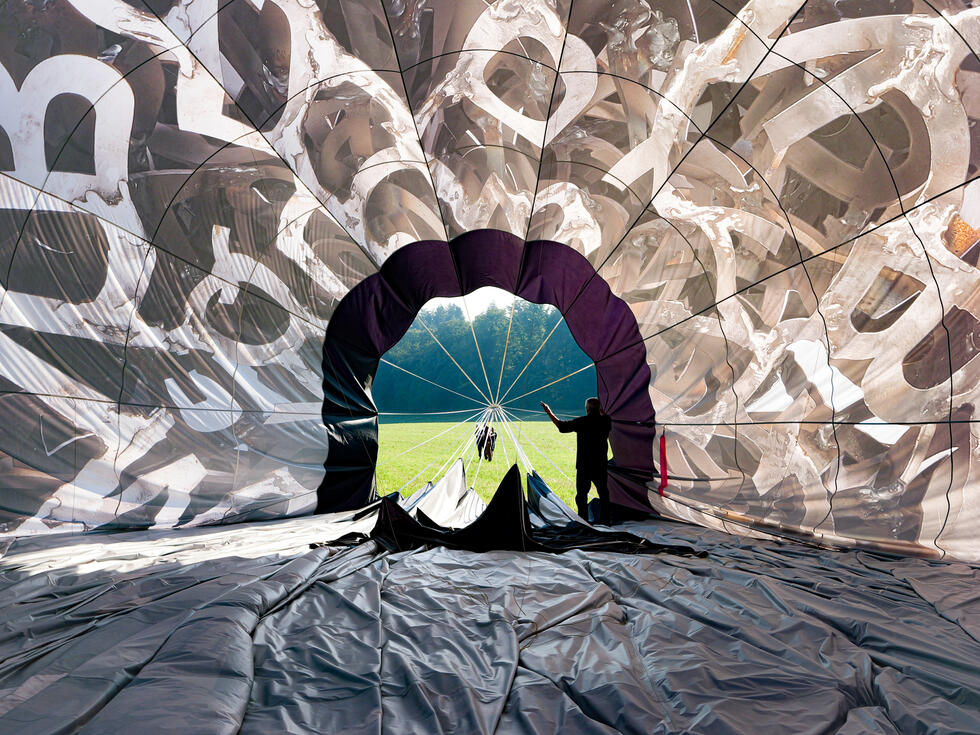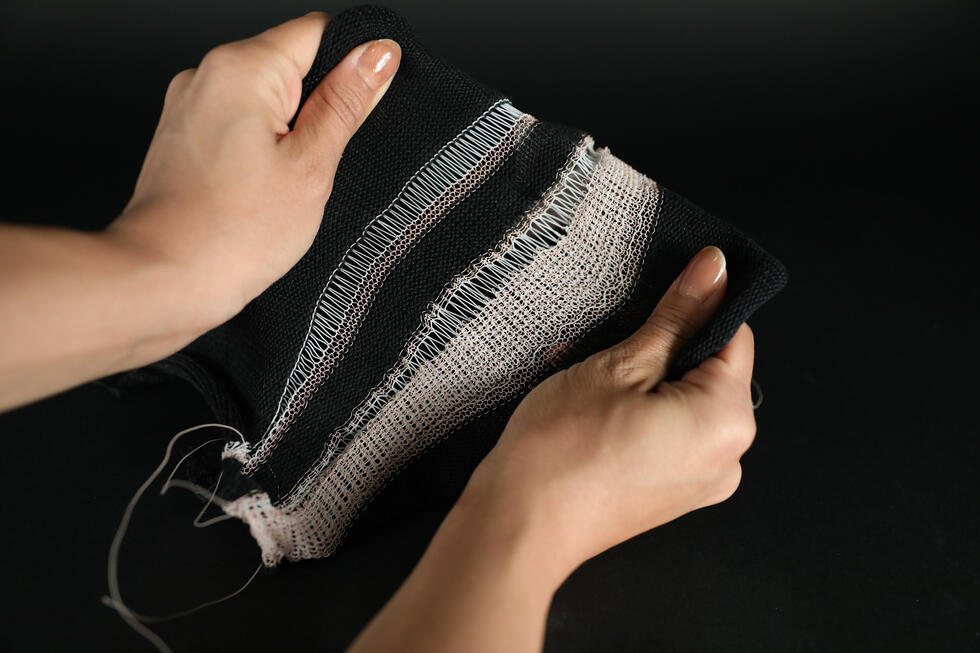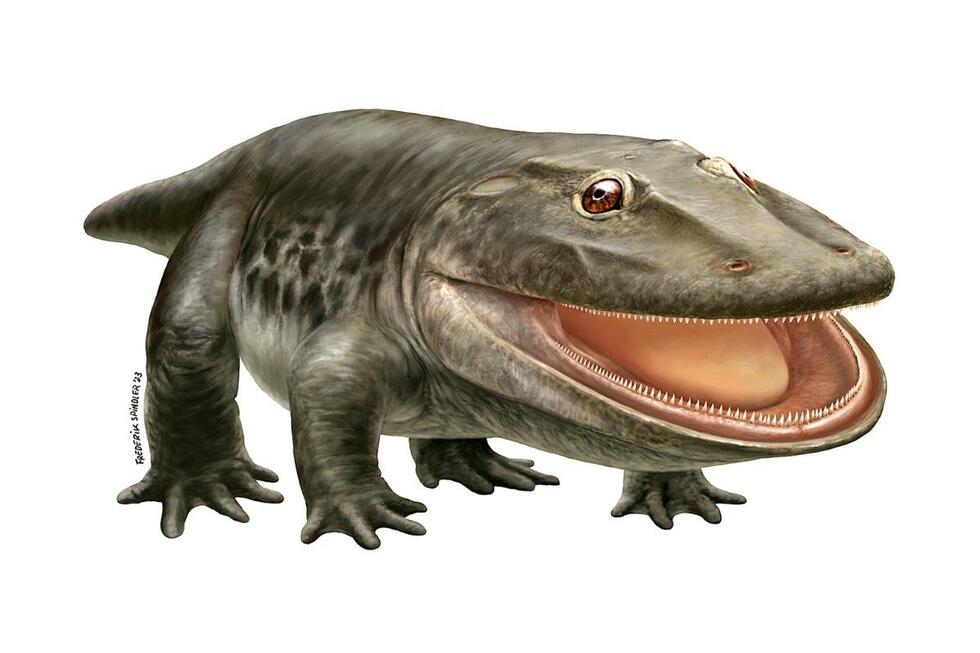Self-optimizers or a benefit to society?
Biohackers are capable of far more than making rabbits glow: Do-it-yourself biologists are making valuable contributions towards COVID-19 research while also creating works of art using bacterial cultures. Sometimes, however, their interest is purely self-serving.
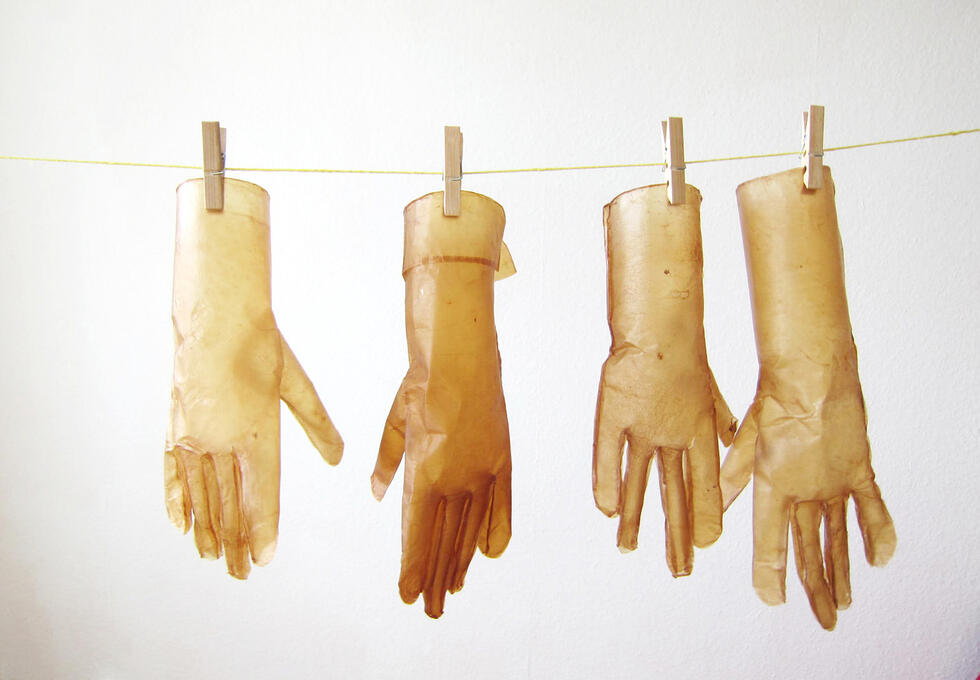
This story certainly has its questionable facets. It deals with ethical and moral questions, philosophical principles, risks and, under certain circumstances, even life-threatening situations. But it also has its positive aspects, and it is with these that I will begin.
In 1988, a term first appeared in a Washington Post article (“Playing God in your Basement”), which only the initiated knew anything about at that time: “biohacking”. The article was about how an increasing number of amateur genetic researchers were using molecular biology and genetic engineering in their makeshift laboratories to meddle with the behavior of bacteria, modify genetic material, and manipulate molecules. They called themselves do-it-yourself biologists.
The author of the article compared the home-made biotechnology trend to the early years of the personal computer. Then too, a small community of “nerds” discovered a new technology to conduct their own experiments and express themselves creatively and artistically – or to cause mischief. The garage experiments eventually led to quite a few ground-breaking innovations, such as the Apple computer, and thus to one of today’s most valuable companies. Biotechnology offers a similar playing field.
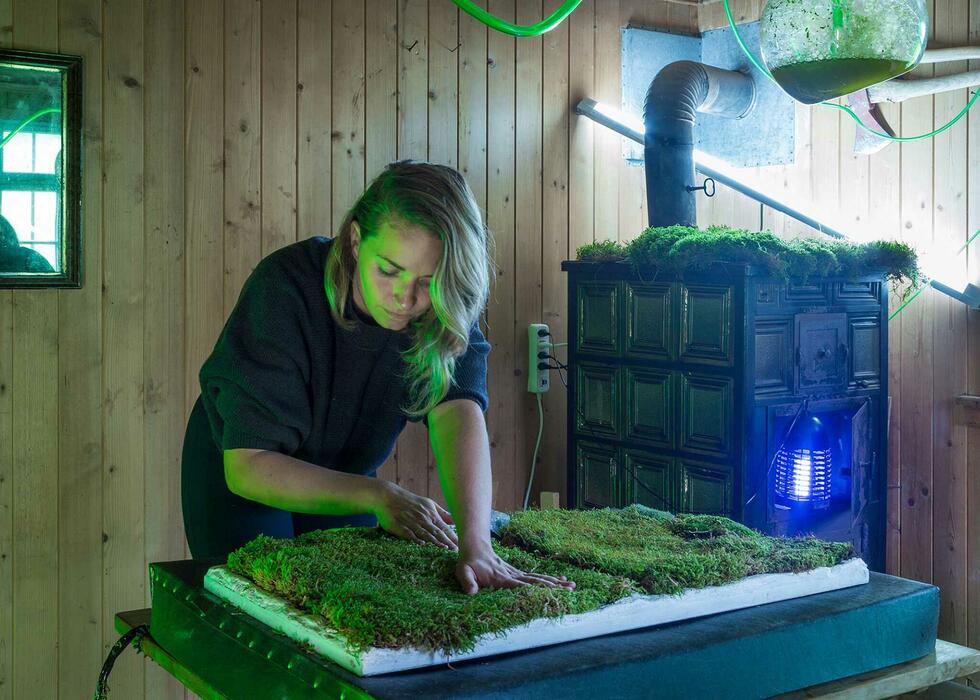
Do-it-together
It took almost twenty years for do-it-yourself biology (“DIY bio” for short) to find its way into the mainstream. But in the mid-noughties, its time had come: All of a sudden, communities of DIY biologists started springing up around the globe. The biohackers experimented in their kitchens, exchanged ideas in forums, and founded collaborative research laboratories. These were frequented by both hobby biologists of all ages as well as by qualified scientists. In Zurich the Hacketeria was founded under the leadership of DIY biologist Marc Dusseiller, in Lucerne Urs Gaudenz founded the GaudiLabs, and in Lausanne a group of biohackers created the Hackuarium. It is a small, close-knit community: They share their findings with each other, get together at conferences, and develop projects together. “We have always focused on the mix of fun, technology, art, and culture,” the scientist Rachel Aronoff says.
We have always focused on the mix of fun, technology, art, and culture.
Aronoff is the current chairwoman of the Hackuarium. One of the most important goals of biohackers, she says, is to bring biotechnology down from the ivory tower of science and make it as widely accessible as possible. Anyone who wants to, should be able to experiment with biotechnology. Aronoff: “By taking science closer to the people, we also strengthen faith in scientific evidence.”
Beautiful things…
Actually, Rachel Aronoff prefers the term “DIT bio” – do-it-together biology. Frequently, people from diverse professional backgrounds work together on projects: biologists, artists, programmers, and, for example, chemists. “Most of the members of the Hackuarium are scientists, students, or enthusiasts,” she says. First and foremost, biohackers are interested in experimenting.
Their tools include Petri dishes, test tubes, and microscopes. The aim is to modify bacteria in such a way that they produce certain substances or react in a certain way. Glowing bacteria are created, beer aficionados decipher the genetic code of beer, and in the “Pr(ink)t Plastic” project, the artist Vanessa Lorenzo has found a way to make a bio-ink based on bacteria from salamanders that can be used to dye 3D printing media.
Gallery "BeerDeCoded"
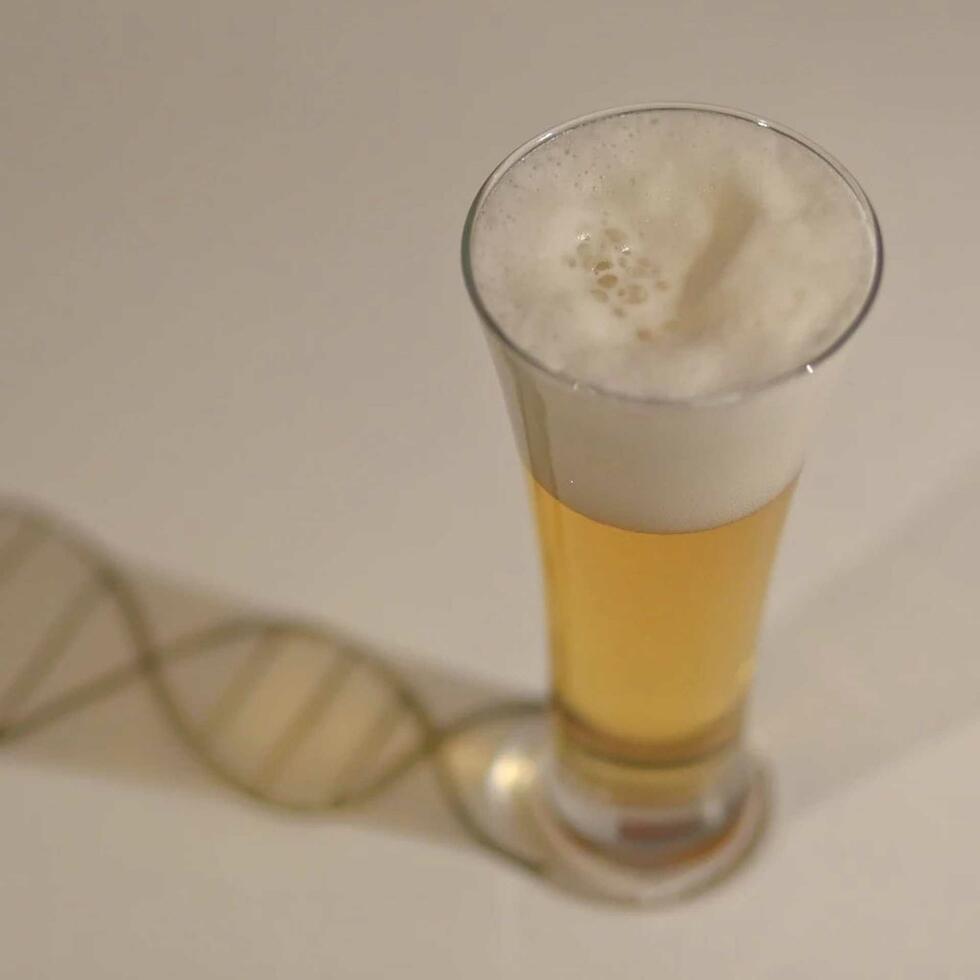
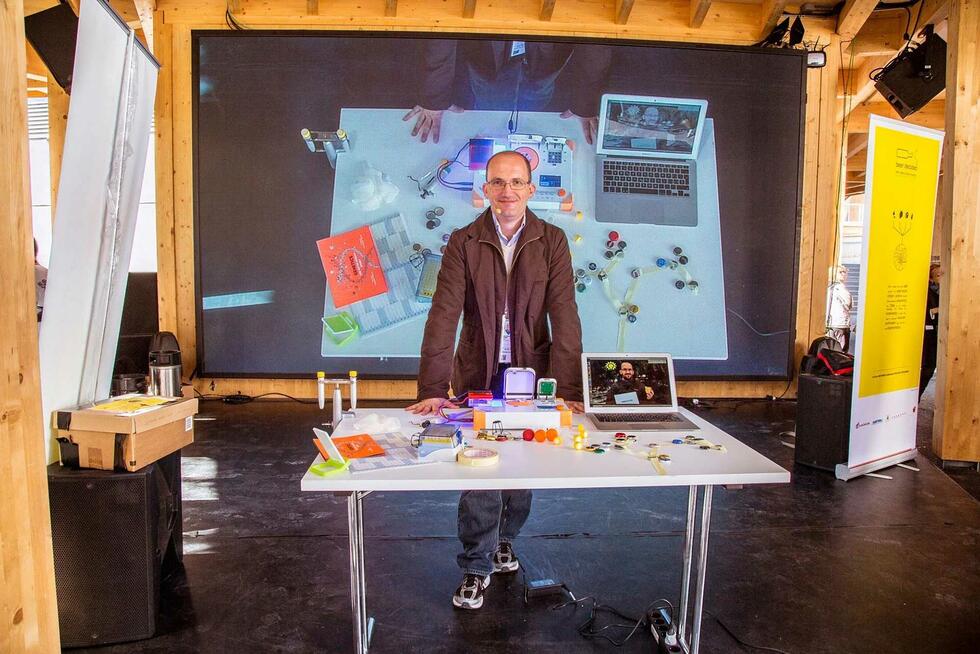

Lorenzo is also one of the inventors of “Living Instruments” – the Hackuarium’s very own “biomusic band”. In collaboration with the Swiss musician Serge Vuille, the artist has figured out a way to make yeast emit sounds and make music. “Living Instruments” has already played concerts in Switzerland, Germany, and London. In Lapland, Lorenzo also gave a “Moss-o-phone” concert, producing sound from moss.
… revolting things …

The artist Alanna Lynch also uses bacteria to create works of art. In pieces such as “Gut Feelings”, she appeals to the senses of smell and touch and appears to be interested in anything that triggers a sense of disgust: bad smells, slimy substances, and skin-like textures. For example, she uses cellulose obtained by fermenting bacteria to sew gloves that nobody would ever really want to wear.
“I am exploring the interrelation between disgust and affect,” the biologist explains. In order to delve into the literal depths of her body, she joined forces with the Hackuarium collective near Lausanne to research intestinal bacteria with Rachel Aronoff and Vanessa Lorenzo. “I wanted to engage with the life in my gut,” she says.
... and the superhuman
In Switzerland, anyone who conducts experiments with hazardous substances and genetic modifications must notify the FOEN. However, authorities such as the Zurich Office for Waste, Water, Energy, and Air assess the risk of bioterrorism as low. This would require highly professional equipment; otherwise, terrorists attempting to produce lethal substances would be more likely to harm themselves than anyone else.
The body is also the subject of a fringe area of biohacking that DIY biologists like Aronoff observe with great skepticism: transhumanism. Transhumanists use aids to expand the physical and psychological boundaries of human beings. In the most benign scenario, transhumanists optimize themselves by means of nutrition, sports, and supplements. More radical interventions include, for example, implanting an NFC chips beneath the skin to automatically unlock a smartphone. But illegal and questionable DNA sequencing experiments are also not unheard of. In 2017, the biohacker Josiah Zayner caused a scandal when he publicly injected himself with a DNA sequence produced using CRISPR. His intention was to use this gene editing technology to manipulate a gene that controls muscle growth. It was more for show than that it produced any real effect. But it was great publicity for his online store, where he sells CRISPR kits, genetics labs, and biohacking equipment for beginners. An investigation against Zayner was initiated for practicing medicine without a license, but it was eventually dropped. In Switzerland and other countries, unsupervised CRISPR experiments are prohibited.
Other forms of potential abuse include bioterrorism, which has already been the subject of investigations by the Swiss Federal Office for the Environment (FOEN) and the FBI.
“We have a code of conduct and rules that we strictly adhere to,” Rachel Aronoff says. For example, the Hackuarium facility near Lausanne is equipped with an officially approved biosafety level 1 laboratory, she adds. This permits safe work with all microorganisms that do not cause disease. Users of the laboratory are also trained in the correct disposal of materials, she adds.
On the trail of viruses
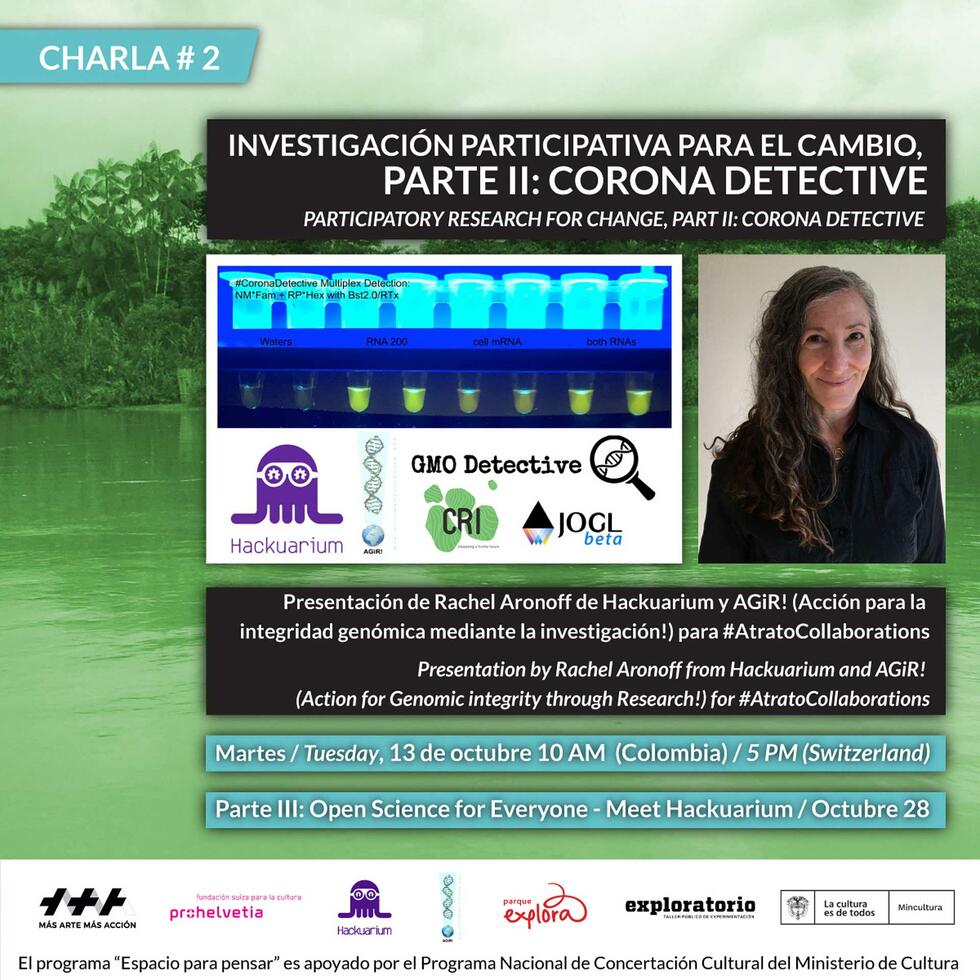
Currently, Aronoff is participating in one of the biohacker scene’s most important international projects: the “Corona Detective”. This testing technology aims to make it possible to use simple techniques to detect the presence of the coronavirus in its immediate surroundings. For this purpose, simple to use test kits are to be made available, which do not require any biological or medical training – only the observance of all the required COVID-19 protection measures must be ensured. The development of the “Corona Detective” is already so far advanced that the international team is now figuring out how the kits could be distributed. “If the “Corona Detective” is actually successfully rolled out and used around the globe, this would indeed be a resounding success for the biohacker scene. It would prove that these “nerd” labs are also capable of achieving great things.
About Rachel Aronoff
Rachel Aronoff is originally from the United States, has a PhD in microbiology, and lives in Lausanne, Switzerland. Among other things, she worked as a research associate at the Ecole Polytechnique Fédérale de Lausanne (EPFL) and is the founder of the Swiss AGiR Society (Action for Genomic Integrity Research), which is dedicated to human genetic health.


